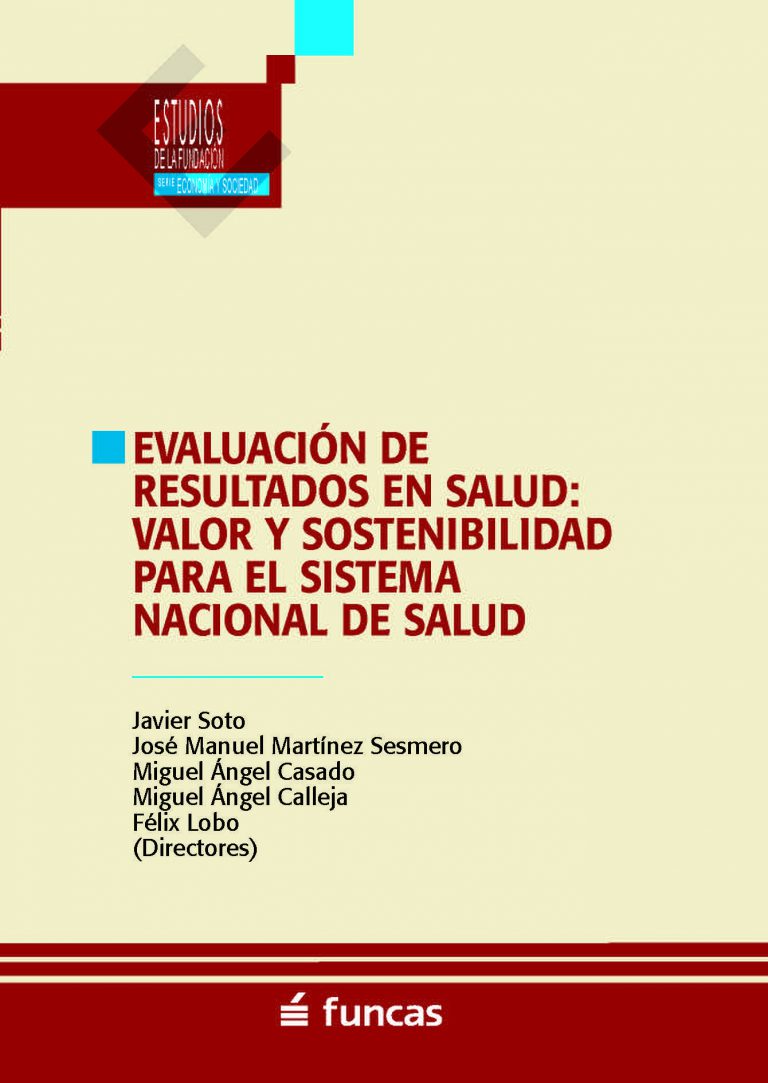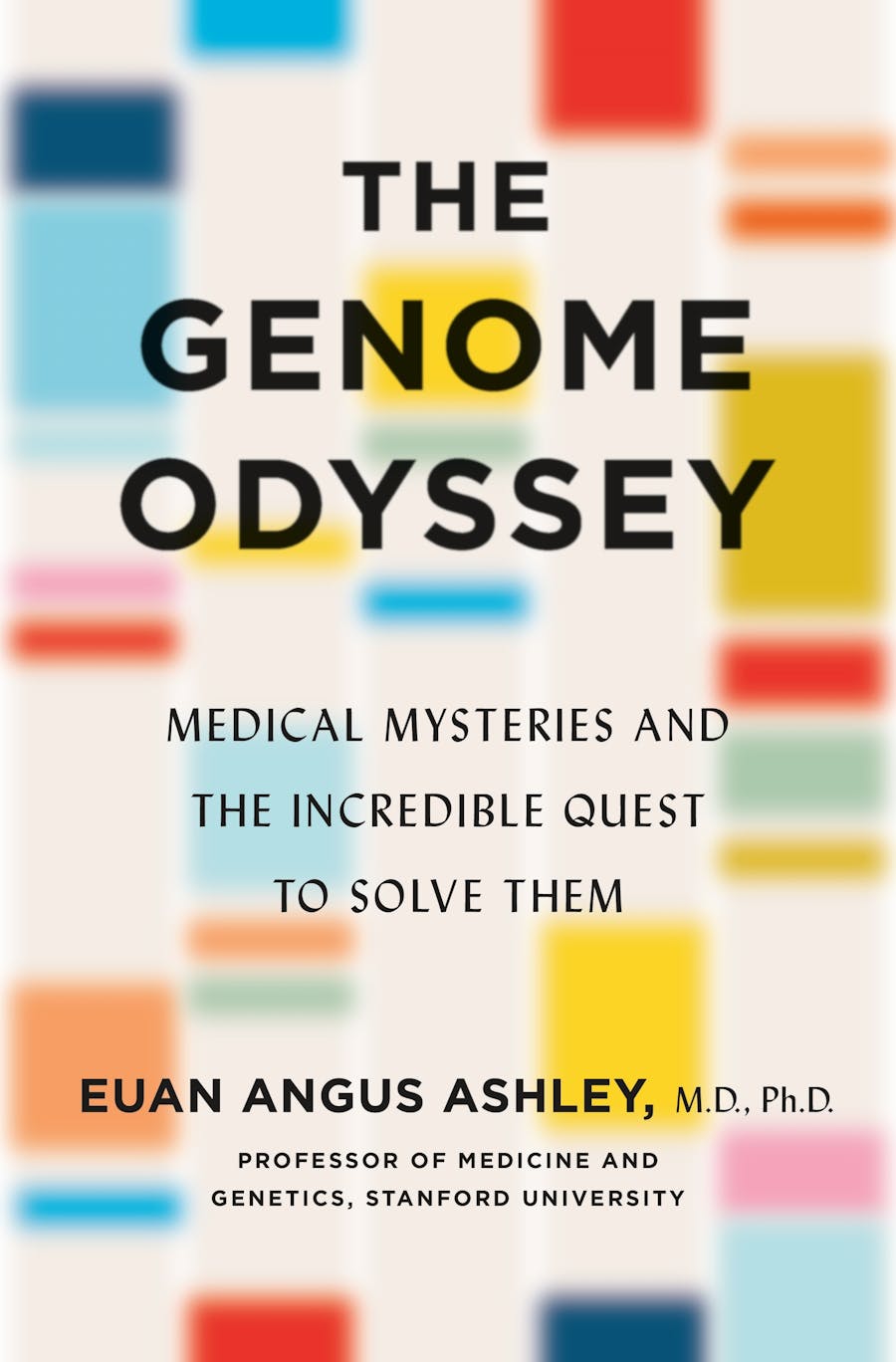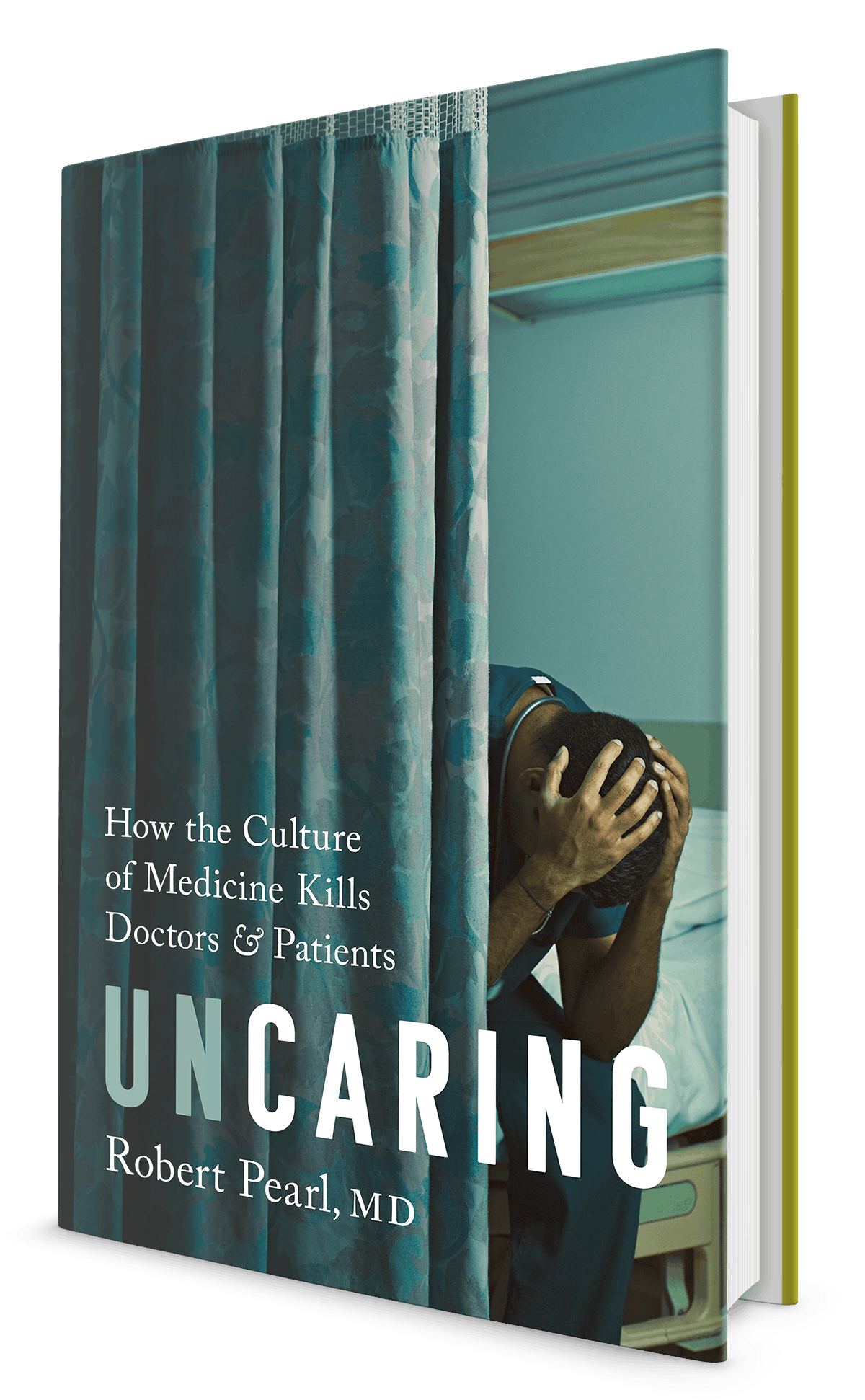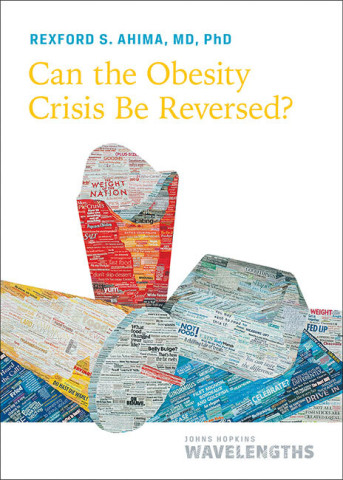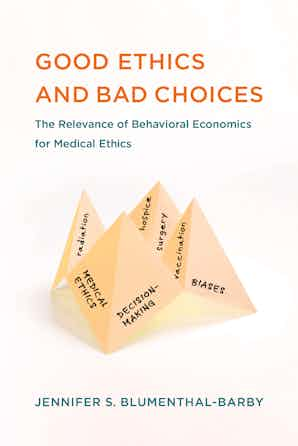Towards an Integrated Health Information System in the Netherlands
09 de març 2022
08 de març 2022
Public health genomics
From public health genomics to precision public health: a 20-year journey
Public health genomics focuses on effective and responsible translation of genomic science into population health benefits. We discuss the relationship of the field to the core public health functions and essential services, review its evidentiary foundation, and provide examples of current US public health priorities and applications
03 de març 2022
Value based health care (2)
Evaluación de resultados en salud: valor y sostenibilidad para el Sistema Nacional de Salud
Capítulo I. Evaluación de resultados en términos de salud: por qué, ¿cómo, cuándo y para qué?
Capítulo II. Resultados comunicados por los clínicos
Capítulo III. Resultados percibidos por los pacientes
Capítulo IV. Resultados en salud percibidos y comunicados por los observadores: ¿qué son y cómo se miden?
Capítulo V. ¿Cómo incorporar las medidas de resultados en salud a la evaluación económica?
Capítulo VI. Principales técnicas estadísticas y parámetros para medir resultados en salud
Capítulo VII. Metodología disponible para obtener resultados en salud en el mundo real
Capítulo VIII. Resultados en salud a evaluar en diferentes patologías: enfermedades infecciosas
Capítulo IX. Resultados en salud en la infección por VIH
Capítulo X. Resultados en salud en pacientes con hepatitis C crónica
Capítulo XI. Resultados en salud en reumatología
Capítulo XII. Resultados en salud en dermatología
Capítulo XIII. Resultados en salud en aparato digestivo: enfermedad inflamatoria intestinal e intestino irritable
Capítulo XIV. Resultados en salud en esclerosis múltiple
Capítulo XV. Beneficio clínico en oncología: una compleja pregunta
Capítulo XVI. Evaluación de resultados en salud: hematología
Capítulo XVII. Resultados en salud: patología cardiovascular
Capítulo XVIII. Resultados en salud a evaluar en enfermedades raras
Capítulo XIX. Investigación de resultados en salud en niños y adolescentes
01 de març 2022
23 de febrer 2022
The long and bumpy road to CRISPR (4)
The Genome Odyssey. Medical Mysteries and the Incredible Quest to Solve Them
El llibre "The Genome Odyssey: Medical Mysteries and the Incredible Quest to Solve Them" del Dr. Euan Angus Ashley narra els primers anys d'aventures després de la decisió d'explorar el món del genoma humà. A través de les seves pàgines, l'autor porta el lector a un viatge dins la ciència i la medicina del genoma humà, explicant històries de pacients la cura dels quals s'ha transformat pel coneixement del seu genoma. També presenta equips científics que l'autor ha liderat i admirat, i traça un camí des de les dades del genoma fins a l'acció mèdica.
El llibre està dividit en quatre parts principals:
Part I: Els primers genomes
Aquesta secció introdueix l'equip de l'autor i els seus esforços per desxifrar mèdicament alguns dels primers genomes seqüenciats. Comença amb la història d'un col·lega de Stanford que va examinar el seu propi genoma el 2009, un moment revelador que va portar l'equip a intentar aplicar totes les observacions genètiques humanes conegudes al seu genoma per comprendre millor els seus riscos de malaltia. L'autor també parla del fill del seu cosí, que va morir sobtadament a l'adolescència, i de com van utilitzar la seqüenciació genètica del seu teixit cardíac postmortem per intentar trobar respostes per a la seva família. Es descriu l'origen de la seqüència de referència humana a Buffalo, Nova York, i la història d'una estudiant de secundària que va portar les seqüències del genoma de tota la seva família a l'escola per a un projecte de ciències. L'autor explica com van estendre aquests esforços a les seves clíniques de Stanford i com van iniciar una empresa per ampliar l'impacte més enllà d'aquests murs. El primer capítol, "Patient Zero", presenta el cas de Parker, un nadó amb problemes d'alimentació, son i desenvolupament, la recerca del qual va iniciar un llarg viatge de proves sense diagnòstic clar. També es narra la trobada de l'autor amb Steve, un científic que estava analitzant el seu propi genoma, i el descobriment d'una variant en un gen relacionat amb la cardiomiopatia hipertròfica. Es destaca la importància de la història familiar com a eina diagnòstica. L'autor explica els components bàsics del genoma (ADN, bases ATGC, cromosomes) i la seva complexitat. També introdueix el concepte de gens i la part no codificant del genoma ("ADN escombraria") i la seva funció reguladora. Es descriuen les noves tecnologies de seqüenciació de genomes que permeten generar una gran quantitat de dades de manera ràpida i el procés bioinformàtic per organitzar aquestes dades comparant-les amb la seqüència de referència humana. L'equip va crear una base de dades de variants genètiques comunes i la va curar manualment per fer-la útil per a l'anàlisi. Es presenta PharmGKB, una base de dades de farmacogenòmica que relaciona variants genètiques amb la resposta als medicaments. La publicació del primer article de l'equip a The Lancet va ser un moment clau, i van abordar les qüestions ètiques i de consentiment relacionades amb la seqüenciació del genoma complet. Finalment, es discuteix l'ús de la seqüenciació del genoma en autòpsies moleculars per intentar comprendre les causes de la mort sobtada.
Part II: Detectius de malalties
En aquesta part, l'autor compara la medicina genòmica amb el treball de detectiu, on la lectura del genoma és la nova eina per resoldre "crims" diagnòstics. Es narren històries de pacients amb malalties no diagnosticades que han passat anys buscant respostes i les troben gràcies a la genòmica. Es descriu una xarxa nacional de detectius de malalties amb la missió d'acabar sistemàticament amb aquestes "odissees" diagnòstiques. Un cas destacat és el de Matt Might i el seu fill Bertrand, que va ser diagnosticat amb la deficiència de NGLY1, una malaltia rara descoberta gràcies a la col·laboració i la divulgació en línia. Es relata com la família Might va utilitzar un blog viral i la col·laboració amb altres científics per identificar altres casos i començar a buscar possibles tractaments. L'autor també parla de la creació de la Undiagnosed Diseases Network (UDN) i els seus èxits en el diagnòstic de malalties rares, que sovint condueixen a canvis importants en la cura dels pacients. S'explica el concepte de mosaicisme, on un individu té cèl·lules amb diferents composicions genètiques, i com això pot manifestar-se en malalties com la neurofibromatosi i en el cor d'una pacient anomenada Astrea.
Part III: Afers del cor
Aquesta secció se centra en els pacients cardíacs de l'autor. Es parla d'una aspirant a estrella de Broadway amb una cardiomiopatia dilatada i la perspectiva d'un trasplantament de cor. També es descriu com van intentar trencar rècords de velocitat de seqüenciació del genoma per diagnosticar i tractar una nounada el cor de la qual es va aturar cinc vegades el primer dia de la seva jove vida. Es relata la història d'un jove amb múltiples tumors creixent dins del seu cor i com van traçar la causa a una peça que faltava del seu genoma. També es parla d'una nena nascuda no amb un sinó amb dos genomes diferents. En aquesta secció, l'autor també introdueix la història de la nostra comprensió de les malalties del cor i la mort sobtada, les condicions que hi predisposen i els personatges destacats el treball dels quals va proporcionar les idees que ara utilitzem per tractar-les. Es descriu el descobriment del complex de Carney per Aidan Carney i la història del desenvolupament dels desfibril·ladors implantables (ICD) per Mordechai Mirowski. La secció inclou la història de Leilani, una pacient amb cardiomiopatia hipertròfica que va rebre un trasplantament de cor i el suport que va trobar en la Hypertrophic Cardiomyopathy Association (HCMA). També es menciona la recerca de Jim Spudich sobre la miosina i la seva rellevància per a la comprensió de la cardiomiopatia hipertròfica.
Part IV: Medicina de precisió acurada
En aquesta part final, l'autor mira cap al futur de la medicina. Discuteix com l'examen de superhumans (humans protegits de malalties pels seus genomes) pot ajudar a fer que la resta siguem una mica més "super". Descriu diversos dels nous i emocionants esforços per obtenir coneixements de la seqüenciació de milions d'humans, inclosa la Precision Medicine Initiative del president Obama i el Biobanc del Regne Unit. Es parla dels avenços en la curació i el tractament de malalties genètiques, inclosa la teràpia genètica, així com dels mètodes per desenvolupar fàrmacs tradicionals que es veuen impulsats per coneixements genòmics. Es narra la història d'Eric Dishman, la lluita contra el càncer i la seva defensa de la medicina de precisió. Es destaca la importància de les grans bases de dades genòmiques poblacionals, com gnomAD, per a la interpretació de variants genètiques i la comprensió de les malalties. L'autor conclou amb la història de Mila Makovec, una nena amb la malaltia de Batten per a la qual es va desenvolupar un tractament personalitzat basat en la comprensió del seu genoma.
22 de febrer 2022
Digital health futures
The governance of digital technologies in health and health care must be driven by public purpose, not private profit. Its primary goals should be to address the power asymmetries reinforced by digital transformations, increase public trust in the digital health ecosystem, and ensure that the opportunities offered by digital technologies and data are harnessed in support of the missions of public health and UHC. To achieve these goals, we propose four action areas that we consider game-changers for shaping health futures in a digital world.
First, we suggest that decision makers, health professionals, and researchers consider—and address— digital technologies as increasingly important determinants of health. Second, we emphasise the need to build a governance architecture that creates trust in digital health by enfranchising patients and vulnerable groups, ensuring health and digital rights, and regulating powerful players in the digital health ecosystem. Third, we call for a new approach to the collection and use of health data based on the concept of data solidarity, with the aim of simultaneously protecting individual rights, promoting the public good potential of such data, and building a culture of data justice and equity. Finally, we urge decision makers to invest in the enablers of digitally transformed health systems, a task that will require strong country ownership of digital health strategies and clear investment roadmaps that help prioritise those technologies that are most needed at different levels of digital health maturity.
21 de febrer 2022
Physician culture
Uncaring. HOW THE CULTURE OF MEDICINE KILLS DOCTORS & PATIENTS
The former CEO of Kaiser Permanente Medical Group shines a light on the unseen and often toxic culture of medicine (US and non-US).
Uncaring tells the story of a profession that is both triumphant and dangerously flawed, filled with people who aspire to help others, yet who sometimes act coldly, callously, and indifferently toward the pain of others. This book takes you inside the doctor’s world, revealing unique insights about their training, their daily practices, and the culture they share. It is a book about people striving for perfection and about the impossibility of achieving it. It sheds light on the norms, rules, and expectations of doctors, and shows how culture shapes their thoughts and beliefs. It deciphers their evolving language, symbols, and codes. It highlights what brings doctors together and what isolates them from their colleagues and patients. Finally, this book examines the elements of physician culture that need to be corrected, the ones that should be preserved, and how to accomplish both.
The exploration begins by diving into the meaning and relevance of “culture,” an abstract concept with myriad definitions and applications. Part One, “Diagnosing Physician Culture,” takes you behind medicine’s protective curtain. There you’ll be introduced to the rituals, icons, and beliefs physicians share.
Part Two, “The Physician’s Pain,” explores the complex interplay between the healthcare system and physician culture, showing how both have contributed to a burnout crisis that is now wreaking havoc on US doctors.
Part Three, “Helping or Harming Patients?,” focuses on the impact physician culture has on patients and the ways it contributes to the deterioration of our nation’s overall health.
Having detailed the reasons doctors feel overwhelmed, fatigued, and in perpetual conflict with the world around them, Part Four, “The Social Ladder,” looks at how changes in society are ratcheting up the discomfort physicians experience. Like the proverbial straw that breaks the camel’s back, each new societal influence seems, on the surface, relatively insignificant and completely manageable. But together, these changing norms are proving too much for physicians to handle.
Part Five, “The Evolution of Physician Culture,” offers patients, doctors, business leaders, and elected officials a difficult but necessary choice—one they will need to make in a world now socially, economically, and politically ravaged by the coronavirus. As the nation’s “new normal” takes shape, all the options involving the future of American medicine will be painful and risky. This section outlines those choices and the path toward making US healthcare, once again, the best in the world. Through the process, physician culture has an opportunity to change for the better.
By the end of this book, having observed physician culture under the proverbial microscope, you will be able to see in fine detail what has long remained invisible. You’ll better understand the doctors who provide your medical care and how you can protect yourself from their cultural shortcomings. Some of the stories in this book will inspire you and generate a deeper appreciation for the role doctors play in your life. Others will sadden you, opening your eyes to the many ways that physician culture compromises your health, harms our economy, and holds our country back.
20 de febrer 2022
Economics of pandemics (4)
The Economics of Pandemics. Exploring Globally Shared Experiences
Topics:
The COVID-19 Pandemic as a Globally Shared Experience: An Introduction
Pandemic Economics: Essential Features and Outstanding Questions
Pandemic Analysis I: Global Governance for a Global Pandemic?
Pandemic Analysis II: Governmental Actions During the Pandemic—Lockdown or No Lockdown?
Pandemic Analysis III: The Great Reset, People’s Uprisings, and Other Radical Change Proposals
Pandemic Analysis IV: Is the COVID-19 Pandemic a Doomsday Scenario for Climate Change?
Pandemic Analysis V: The Science and Economics of a Vaccine for Ending the Pandemic
The Economics of Pandemics as a Globally Shared Experience: A Theory
Some Yet Unresolved Questions and Mysteries About the COVID-19 Pandemic
18 de febrer 2022
17 de febrer 2022
The world is fat (2)
Can the Obesity Crisis Be Reversed?
From conclusions:
Ending the obesity epidemic will take both individual and collective action. Neither alone is sufficient. Individuals try to lose weight and keep it off, but the system is working against them. The route to population-wide weight loss will not be through trendy, unsustainable diets. It will be through widespread, appropriate, personalized, and comprehensive approaches.
The first action we all must take, no matter our size, is to educate ourselves about obesity—and you’ve been doing that by reading this book. People need to understand the structural, environmental, and genetic components of obesity. They need to see the ways in which systemic factors contribute to weight gain. The idea that obesity is a choice or a matter of willpower has been thoroughly disproved. The unfortunate fact that many people still believe this actively harms efforts to reduce obesity rates.
The government should first seek to change the public perception of obesity. Obesity is largely a result of structural forces, not just individual actions. A shared awareness of its origins could foster greater support for interventions that allow people to make healthier choices.
People and institutions need to work together to make healthy foods more accessible, affordable, appetizing, and convenient than unhealthy foods. Reversing the obesity crisis will require environments that promote physical activity and social movements that encourage people to get more exercise. We need to devote more resources to preventive efforts for all ages to improve our health.
To reverse the obesity crisis, we will need an all-hands-on-deck approach. Pharmacological advances, surgery, and other treatments should complement new policies, societal practices, and population-wide interventions that promote healthier diets and decrease food consumption. Improving the nation’s health may require implementing policies perceived as restricting personal freedoms that have long been granted to industries and individuals. But these policies will be essential to keeping the population healthy.
For individuals, the goal should be to reach and maintain your optimum weight, meaning the weight at which your body the optimal physical and mental health.
Outline of free ebook:
INTRODUCTION: Struggling with Obesity
CHAPTER 1: How Do People Gain Excess Weight?
CHAPTER 2: Why Are People Getting Heavier?
CHAPTER 3: What Are the Consequences of Obesity?
CHAPTER 4: What Are the Best Ways to Lose Weight?
CHAPTER 5: How to Reverse the Obesity Crisis
16 de febrer 2022
15 de febrer 2022
Geisinger (it is not any fiord) (2)
ProvenCare: How to Deliver Value-Based Healthcare the Geisinger Way
Outline
Why Geisinger?
2 The Problem
3 The Fix
4 Effective Governance
5 Getting Started
6 Enabling Change
7 ProvenCare Acute: Taking It to the Next Step
8 ProvenCare Chronic
9 ProvenHealth Navigator: Geisinger’s Advanced Medical Home
0 Leading and Managing a Successful Practice Transformation
1 ProvenCare Biologics
2 ProvenExperience
3 Future Vision
14 de febrer 2022
Understanding Ethics of AI
The Oxford Handbook of ETHICS OF AI
The approach to the ethics of AI that runs through this handbook is contextual in four senses:
• it locates ethical analysis of artificial intelligence in the context of other modes of normative analysis, including legal, regulatory, philosophical, and policy approaches,
• it interrogates artificial intelligence within the context of related modes of technological innovation, including machine learning, Big Data, and robotics,
• it is interdisciplinary from the ground up, broadening the conversation about the ethics of artificial intelligence beyond computer science and related fields to include other fields of scholarly endeavor, including the social sciences, humanities,and the professions (law, medicine, engineering, etc.), and
• it invites critical analysis of all aspects of—and participants in—the wide and continuously expanding artificial intelligence complex, from production to commercialization to consumption, from technical experts to venture capitalists to self-regulating professionals to government officials to the general public.
Outline
Part I. Introduction & Overview
1. The Artificial Intelligence of Ethics of AI: An Introductory Overview
2. The Ethics of Ethics of AI: Mapping the Field
3. Ethics of AI in Context: Society & Culture
Part II. Frameworks & Modes
4. Why Industry Self-regulation Will Not Deliver 'Ethical AI': A Call for Legally Mandated Techniques of 'Human Rights by Design'
5. Private Sector AI: Ethics and Incentives
6. Normative Modes: Codes & Standards
7. Normative Modes: Professional Ethics
Part III. Concepts & Issues
8. Fairness and the Concept of 'Bias'
9. Accountability in Computer Systems
10. Transparency
11. Responsibility
12. The Concept of Handoff as a Model for Ethical Analysis and Design
13. Race and Gender
14. The Future of Work in the Age of AI: Displacement, Augmentation, or Control?
15. The Rights of Artificial Intelligences
16. The Singularity: Sobering up About Merging with AI
17. Do Sentient AIs Have Rights? If So, What Kind?
18. Autonomy
19. Troubleshooting AI and Consent
20. Is Human Judgment Necessary?
21. Sexuality
IV. Perspectives & Approaches
22. Computer Science
23. Engineering
24. Designing Robots Ethically Without Designing Ethical Robots: A Perspective from Cognitive Science
25. Economics
26. Statistics
27. Automating Origination: Perspectives from the Humanities
28. Philosophy
29. The Complexity of Otherness: Anthropological contributions to robots and AI
30. Calculative Composition: The Ethics of Automating Design
31. Global South
32. East Asia
33. Artificial Intelligence and Inequality in the Middle East: The Political Economy of Inclusion
34. Europe's struggle to set global AI standards
Part V. Cases & Applications
35. The Ethics of Artificial Intelligence in Transportation
36. Military
37. The Ethics of AI in Biomedical Research, Medicine and Public Health
38. Law: Basic Questions
39. Law: Criminal Law
40. Law: Public Law & Policy: Notice, Predictability, and Due Process
41. Law: Immigration & Refugee Law
42. Education
43. Algorithms and the Social Organization of Work
44. Smart City Ethics
10 de febrer 2022
Unbiased Bioethics
Good Ethics and Bad Choices. The Relevance of Behavioral Economics for Medical Ethics
A book on how behavioral economics challenges some of the most fundamental tenets of medical ethics.
Go to Chapter 2: Bad Decisions? What Behavioral Economics Means for Patient Autonomy, Decision Quality, and Well-Being. Great topic.
The predominant ethos in medicine and medical ethics is to assume that patients are capable of making autonomous decisions that promote their own personal goals and values so long as they are properly informed of the options and their risks/benefits. Behavioral economics and the examples of decisional heuristics and biases discussed in the previous chapter significantly challenge this assumption. Behavioral economics shows that patients’ decisions can fail to be autonomous or to improve their well-being in ways beyond the usual ones that clinicians and bioethicists worry about (e.g., poorly informed consent, coercion, weakness of will). Specifically, in this chapter, I will argue that behavioral economics demonstrates that patients’ decision-making is often at risk for being (1) nonautonomous or autonomy impaired, (2) of poor quality, and (3) harmful to patients and their interests
A must read.


